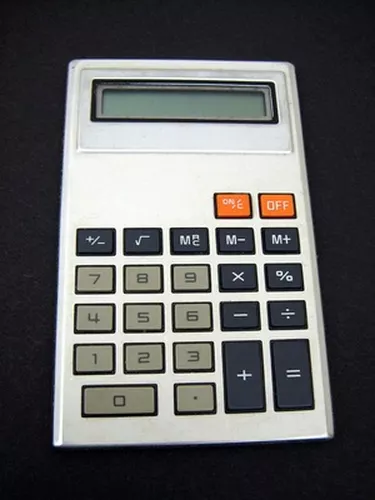
An annuity is any type of investment or payment where an investor pays or receives money in set intervals. The amount of money a person receives is normally constant over the life of the annuity. It is possible to take the future value of the annuity and determine the amount of payments needed. For example, an investor wants to invest money each year for the next 20 years for his retirement. At the time he retires, he wants to have $100,000 from the account. He can earn 4 percent interest on the account.
Step 1
Write down the time frame, the known interest rate and the desired future value of the annuity. In the example, the term is 20 years, the interest rate is 4 percent, and the investor wants $100,000.
Video of the Day
Step 2
Calculate the term and the interest rate using a future value of an annuity table, available online at GetObjects.com or StudyFinance.com. In the example, use 20 years at 4 percent interest. The future value of an annuity factor is 29.7781.
Step 3
Divide the future value you want by the future value of an annuity factor. In the example, $100,000 divided by 29.7781 equals $3,358.18. Therefore, to have $100,000 in 20 years, the investor must save $3,358.18 a year.
Video of the Day